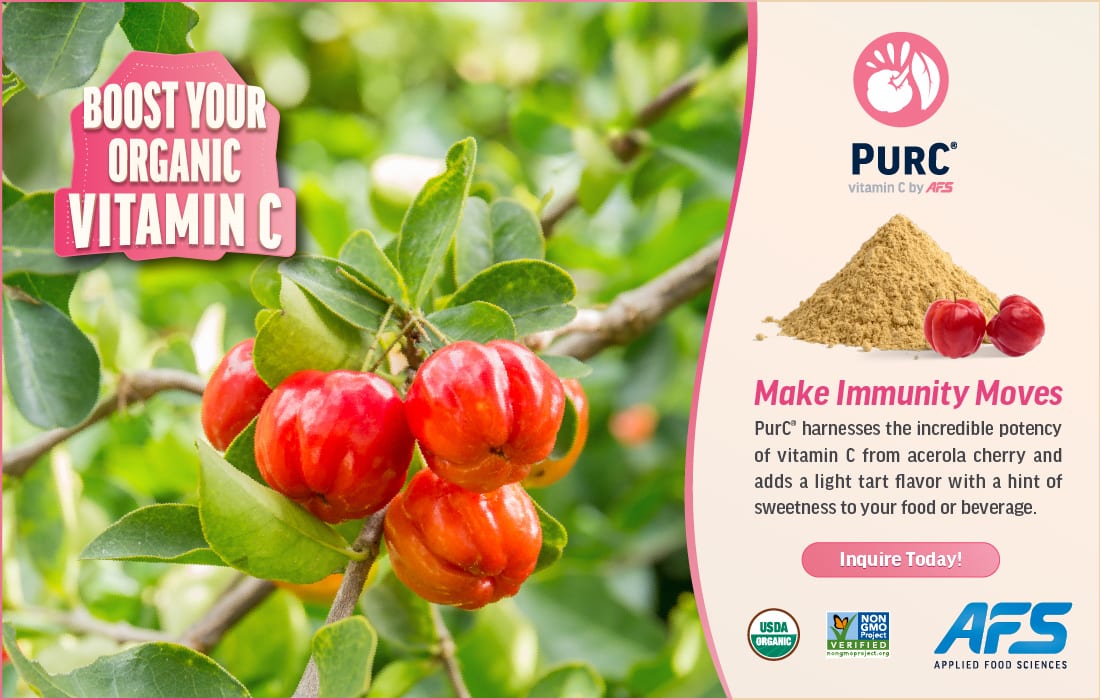Immunity
Technologies
In 2024, we’ll see an upward trend in consumer demand for new foods and beverages that are not only tasty but provide a positive impact on health and wellness.
Booster Shot
2024
In following the plant-based, vegan, and probiotic trends, consumers want to feel a sense of empowerment when choosing food and beverage products, knowing the ingredients deliver more than a basic nutrition. For this reason, functional ingredients continue to climb in popularity as such foods move beyond providing nutritional benefits, they bring flavor, comfort, and excitement to the table. Among these, immunity-targeting products are in the forefront.
Probiotics and fermented foods have been rising especially high in popularity as immune boosters in recent years. Probiotic foods such as cultured dairy (think: kefir, yogurt, cottage cheese), kimchi, sauerkraut, and miso are the best-known of these functional foods. However, new foods and beverages using functional ingredients for immune support are garnering attention.
The trend of ingredients for immunity, such as probiotics, beta-glucans, and certain botanicals, remains strong and is growing stronger. Video courtesy of: Getty Images / MaRussya
By Dana McCurdy, PhD, Contributing Editor
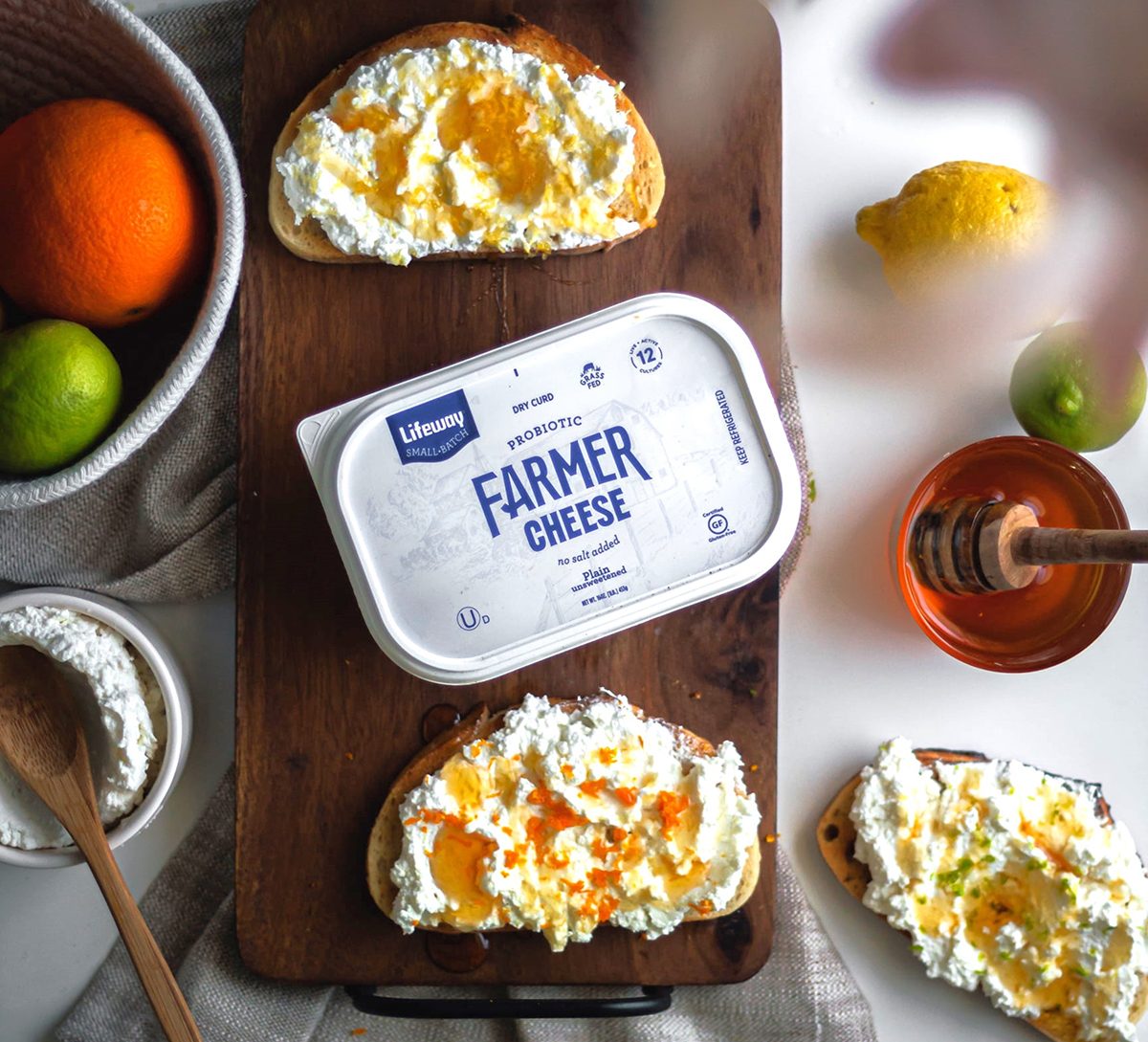
Consumers have demonstrated they are more willing to purchase tasty products that contain ingredients targeting cardiovascular health, brain function, sleep, energy, and stress. Photo courtesy of: Lifeway Foods, Inc.
Consumer focus on gut health and immune function drastically increased as a result of the Covid-19 pandemic. Yet, since Americans returned to “normal” living, the demand for probiotic products has only increased. This is sure to extend into 2024 and beyond.
New concepts in digestive health, such as personalized bioactive ingredient formulations, have emerged and are expanding their presence in the marketplace. Reduction in symptoms of digestive diseases such as IBD, colitis, and Crohn’s have piqued consumer demand for probiotic applications that contain more than colony-forming active cultures. They want prebiotic fibers and probiotics in the same product. When such ingredients are specifically matched as complementary, they’re termed “synbiotic.”

Among botanicals that help mitigate the inflammatory response are turmeric, ginger, and ashwagandha. Ashwagandha, sometimes called the “next turmeric,” is becoming increasingly popular in supplemental beverage and bar products. Photo courtesy of Getty Images / Marilyna
Synbiotic-infused beverages—drinks containing the aforementioned combinations of prebiotics and complementary probiotics—will continue to trend in 2024. Convenience is key here, so synbiotic beverages will not only need to have a positive impact on digestive health and immunity, but also should be fast and easy for the consumer to acquire and use on a regular basis. Another important pairing is complementary bacterial and yeast species. These create active probiotic “seeds” that ensure effective colonization in the small and large intestines.
The Right Stuff
The selection of the probiotics developers choose varies according to whether those ingredients are applied in dairy-based to plant-based applications. However, an emerging option is addition of specialized non-bacterial microbes, such as yeast and fungi. Yeast has been critical to the food industry for centuries in applications such as beer and bread. More recently, it has been used as an active culture due to its probiotic effect and its positive impact on gut health.
Sweet, Spicy, Healthy
The convergence of spicy and sweet is climbing back to the top of the marketplace, and it will likely grow more in 2024. Combining spicy and sweet trades on both the expanding Western awareness of Ayurvedic and Traditional Chinese medicines and the continuing hunger for global and ethnic cuisines. This paradigm opens a new avenue for flavor pairings and will likely show up in unexpected combinations and applications. Cinnamon-Turmeric breakfast bread, anyone?
Gen Z and Millennial consumers are demanding bolder flavors; in turn, that will influence the choices of the coming Gen Alpha demographic. With such vivid, bold options shaping their childhood, continued desire for flavor exploration could herald a “new normal.” One thing is certain: products containing functional ingredients will only proliferate as society migrates toward a healthier diet.
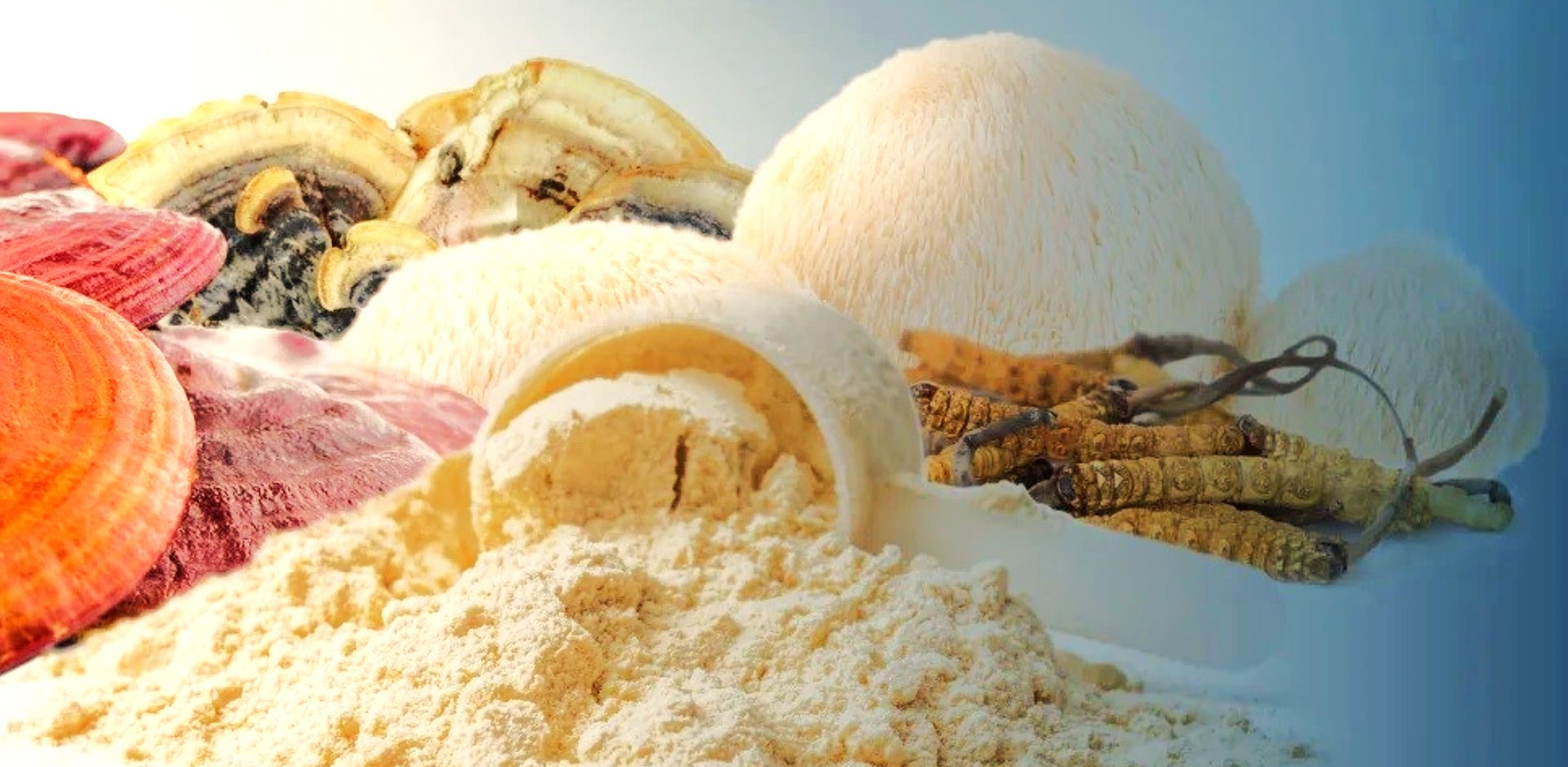
Medicinal mushrooms, such as shiitake, maitake, reishi, oyster, turkey tail, and lion’s mane continue to trend up based on their many immune-supporting bioactive compounds. Photo courtesy of: Sempera Organics, Inc.
Probiotic yeast “seeds” are likely to take off in consumer products in 2024. Yeast seeds involve the complementary pairing of two or more types of microbes that work together. Such combos work especially well in functional beverage products such as kefir, and they supply more powerful digestive and immune support than their individual counterparts. In synbiotic beverages, this could be pivotal for the health food industry. Combining these microbial seeds with a functional prebiotic will become more prevalent in 2024, and it dovetails with the growing trend of “personalized” probiotic solutions for immunity.
Joining the rise of fungi as a functional food product in 2024 are mushrooms, especially shiitake, maitake, reishi, oyster, turkey tail, and lion’s mane. (All but turkey tail and reishi are easily incorporated into recipes.) Mushrooms are rich in prebiotics such as inulin and beta-glucans and other bioactive oligo- and polysaccharides that possess a range of beneficial properties. They have been studied for their heart health, antioxidant, and antiviral capacity as well as their hypoglycemic, anti-tumor, cognitive, and immunomodulatory effects.
Research on mushrooms is expanding rapidly as scientists have discovered a multitude of health benefits from consuming mushrooms regularly. These include decreased risk of developing cancer, hypertension, and high serum cholesterol, as well as an increase in cognitive function, gut health, and immune function. As consumer demand for these health targets increases, mushroom and mushroom extract provide a robust answer to improving the quality of ultra-processed foods. Their use in both food and beverage applications will only continue to grow.
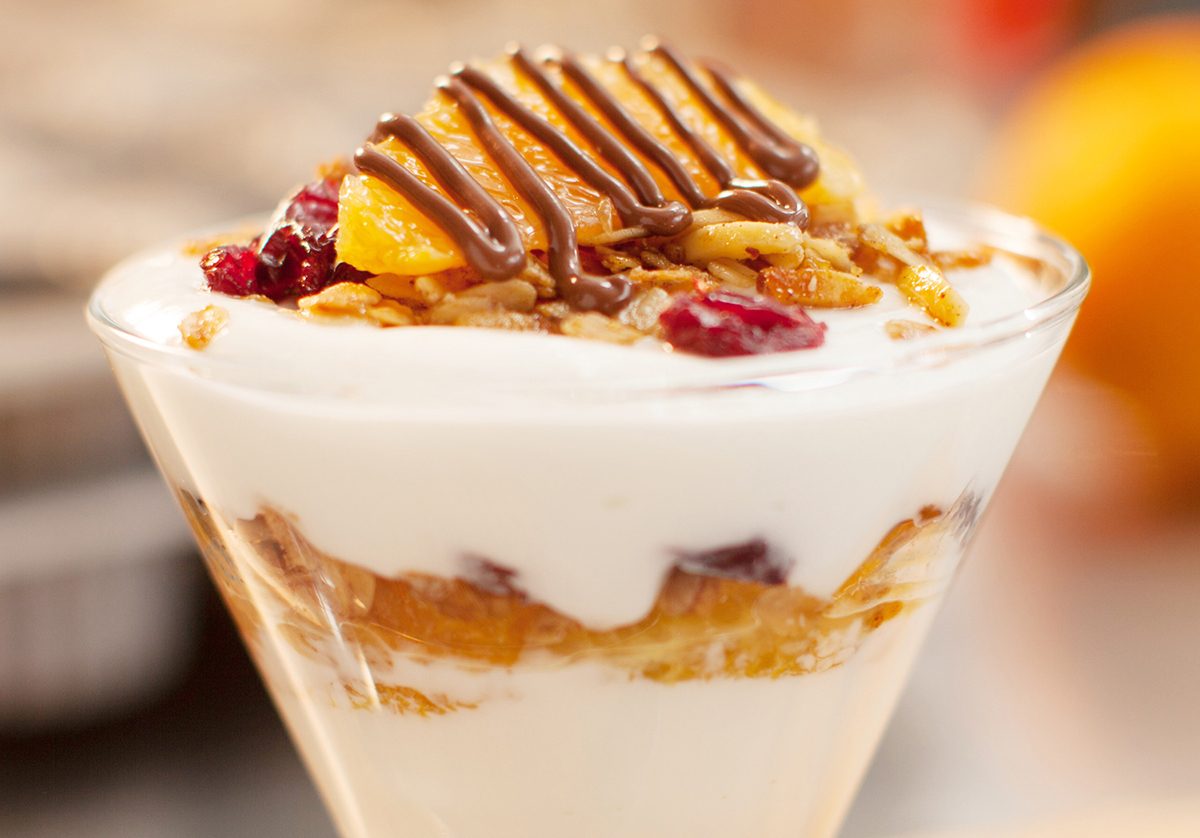
Successful probiotic product include the components needed, such as fat and prebiotic fibers, to survive digestion and colonize in both the small and large intestines. Photo courtesy of: Dannon Foodservice/Danone USA
Mushrooms also are high in vitamins and minerals, especially selenium (the only significant antioxidant mineral), vitamin B6, and vitamin D, which received recognition for its role in supporting immune function during the 2020-2022 global pandemic.
The benefit for food product developers is that umami-rich mushrooms are used in many culinary traditions, especially Asian broths and soups. Other sources of both umami and the prebiotic fiber inulin are: asparagus, chicory, onions, artichokes, and seaweed. Inulin has been proven to aid in diabetes and obesity and can help reduce serum cholesterol.
Roots of Immunity
Ingredients such as ginger are also experiencing an uptick in popularity in immune support products. Ginger, with a long history in traditional medicines due to its complex phytochemical compounds, is a common and popular flavoring agent in food and beverages. It has been shown to aid in mitigating nausea and inflammation, as well as improving serotonin and dopamine levels. It has been used as a natural remedy to decrease depression and anxiety and even to help with some symptoms of dementia.
Low Fat = Low Health?
Although the prevailing research is that healthy consumers, especially growing children, do not require diets low in healthful fats, many consumers still focus on calories from fat. This can impact the efficacy of the most common immunity boosting ingredient, probiotics, and their most common application, fermented dairy. Fermented dairy products such as kefir, yogurt, cultured cottage cheese, and others need to have sufficient fat content in order to protect the living probiotic bacteria from the harsh environment of the stomach and upper digestive tract. This allows these live beneficial microbes to reach areas in the small and large intestine where they can form colonies and thus do their work helping to protect the body from such states as cancer, cardiovascular disease, diabetes, pulmonary issues and even promote cognitive and mental health and well-being.
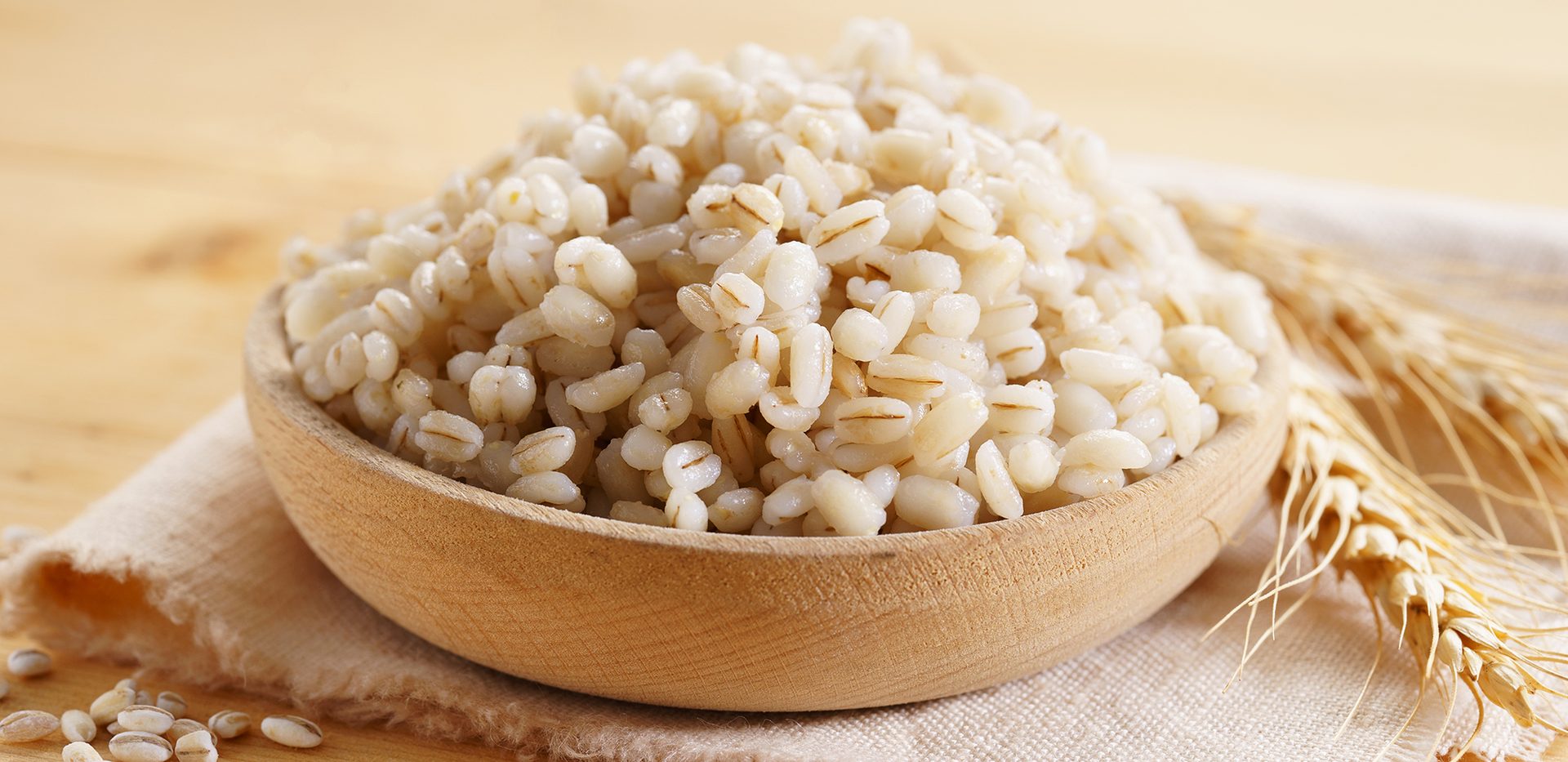
Barley, yeasts, and mushrooms are three main sources of the polysaccharide complex called beta-glucans. Photo courtesy of Getty Images / SherSor
Less familiar is ginger’s probiotic function in the gut. It has been shown to increase the proliferation of probiotic microbes, while reducing growth of pathogens with its antibacterial and antimicrobial properties. Beverage developers have “rediscovered” ginger as a strong flavorant for teas, adult sodas, alcohol, and non-alcohol drinks, especially mocktails, indicating it will see increased usage in the coming year. Ginger extract is commonly used in beverage applications, but it does not have the same health impacts as ginger root.
Other roots and rhizomes enjoying popularity as both immune-function botanicals and flavorants are turmeric and ashwagandha. Both ingredients are expected to appear in more food and beverage offerings in the coming year. Research supports this trend, revealing these ingredients to have powerful anti-inflammatory capacity. They also are noted to have cognitive benefits that include increasing focus and mental energy and reducing stress, as evidenced in some studies by lower cortisol levels.
The Green Wave
Seaweed is experiencing a marked increase in interest among product developers. It has been widely used in Asian cuisines for ages and is rich in vitamins, minerals, antioxidants, and soluble fiber. Easily included in sushi dishes, broths, and soups, seaweed contains prebiotic fibers and gums, plus vitamins and minerals. In Western cultures, it has become a value-added ingredient in the eyes of the consumer.

Healthful cooking oils, such as cardioprotective high-oleic oils, are increasingly optioned as a primary choice among food product manufacturers. Photo courtesy of: US Soybean Association
Antioxidant function is key when adding seaweed to both food and beverage products because it contains high levels of vitamins A, C, and E, and, in some varieties, B12. In addition to flavonoids and phenolic compounds, seaweed also is rich in minerals such as calcium, potassium, magnesium, iron, and iodine. And many varieties are good vegan sources of healthful omega-3 fatty acids, especially eicosapentaenoic acid (EPA), an omega-3 fatty acid known to improve immune function and reduce inflammation while contributing to nerve health and cardiovascular health.
Seaweed functions as a prebiotic in the gut and has a high density of nutrients per serving, which together improve immune function, gut health, heart health, and thyroid function. As an ingredient, seaweed can enhance the health characteristics of processed foods, addressing consumer demand for natural ingredients that provide health benefits beyond nutritional value.
Citrus in the Limelight
The demand for new, exciting flavor combinations enhanced with vibrant natural colors has resulted in a boost for citrus. An anticipated increase in citrus and botanical demand will show up in clean tasting, feel-good foods and beverages. Orange, lemon, and lime have been common beverage flavors for decades and are most notable for their high vitamin C content. Like vitamin D, which gained the spotlight during the pandemic, vitamin C boosts immune function while contributing clean, crisp flavor notes to any application.
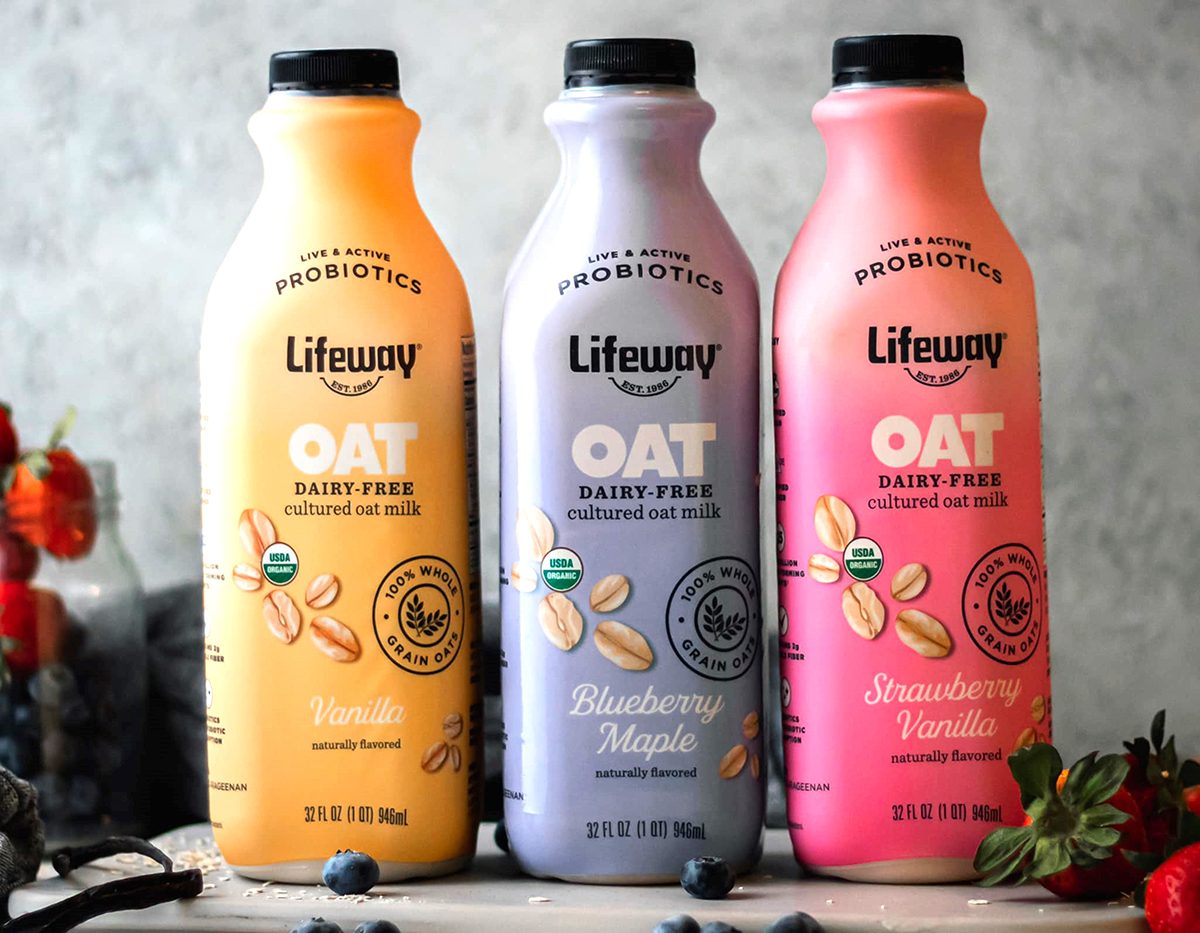
The science of digestive health is forging new territory, not only with customized probiotic strains but with synbiotics—precisely matched pre- and probiotics. Photo courtesy of: Lifeway Foods, Inc.
Demand for citrus-fusion flavors is on the rise in beverage applications, not only for the unique flavor combinations, but also for the health benefits offered by citrus and botanicals. Pairings with more flavor specificity, especially in beverages, include blood orange, ruby red grapefruit, and Sicilian lemon combined with florals such as hibiscus and lavender. These blends take advantage of Western acceptance of centuries of herbal medicine traditions.
Hibiscus and lavender are associated with mood enhancement and relaxation, and also with improved immune function and holistic health. With a strong antioxidant profile, many florals are edible and provide a natural sweetness, which reduces the need for added sugar in food and beverage applications.
Edible flowers are appearing in baked goods, teas, ice creams, and non-alcoholic beverages that are in high demand by Gen Z. Edible florals deliver not only a purported anti-inflammatory impact but also a sought-after natural experience in various applications, where they can add a unique note of flavor to functionality.
Immunity boosting ingredients in food can provide an all-inclusive experience for consumers. While convenience, shelf-life, and price are still determining factors after flavor as drivers of consumer choice, proactive health benefits are certain to influence food and beverage trends in the coming years. PF
Dana McCurdy, PhD, is an independent fermentation scientist, analytical chemist, and industry consultant. She is an expert on kefir and other dairy food fermentation, with special focus on probiotics and the functional components of fermented foods as related to their bioactive function for such benefits as immune support and overall well-being. Dr. McCurdy can be reached at danamccurdy@hotmail.com.


